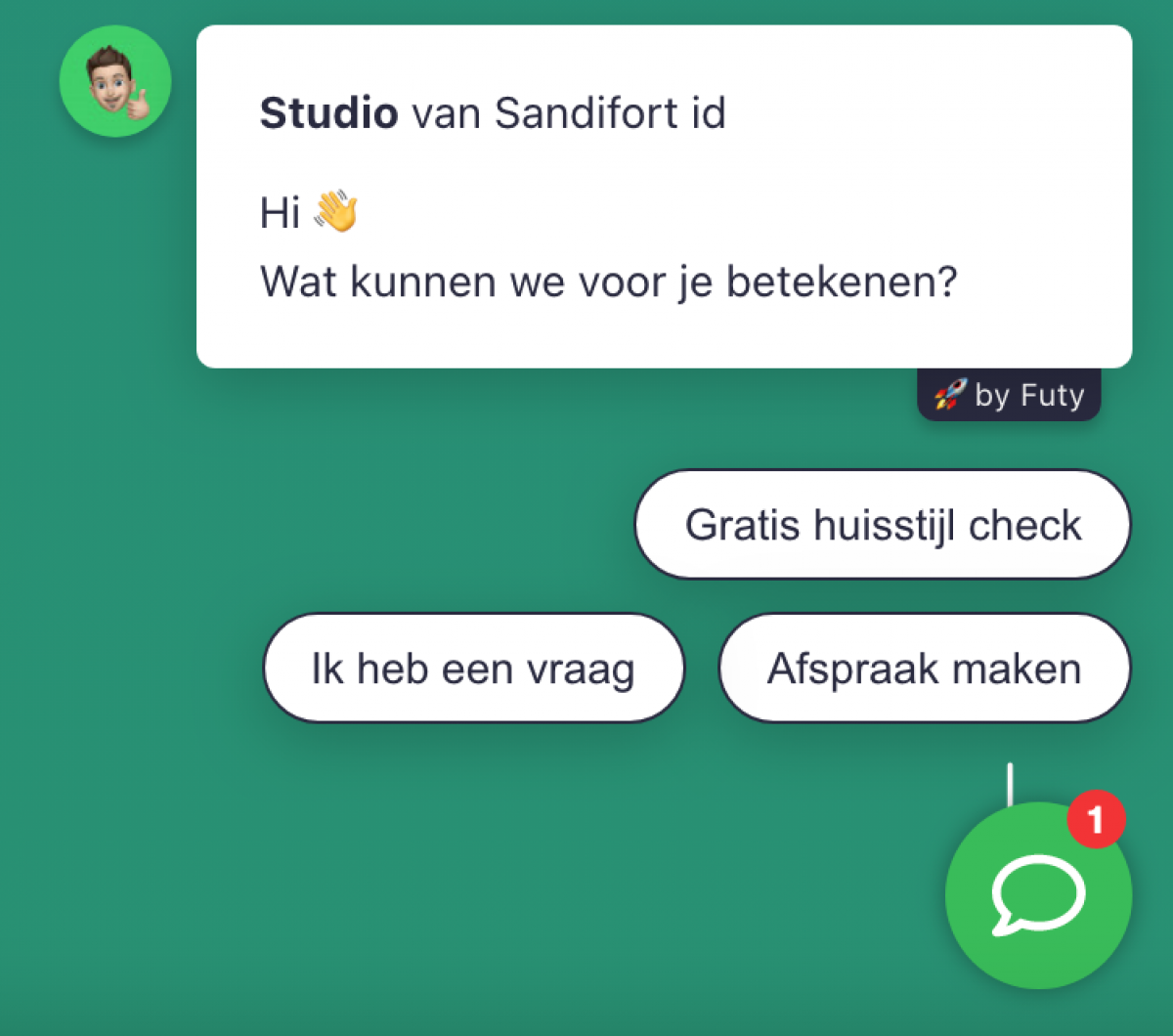In my opinion, there’s nothing that might be flawed with the Rigid Body itself, it more about the modeling of your door and placing it at under the correct angle. AI has introduced early beta entry for Grok 2, a cutting-edge AI mannequin that makes use of real-time information from X and employs Flux.1 to produce more dynamic and fewer filtered AI photos. All I want to do is carry the data from a Linux ext4 partition to a different disk on FreeBSD UFS. I generated 512 x 512 pictures by saving one of the best image knowledge and then upscaling the images to the desired resolutions. The purpose of offering data and training is that the algorithm can now do the duties that people used to do. By offering on the spot help, personalizing interactions, and enhancing general satisfaction ranges, businesses can create a constructive and seamless customer experience. Third, it should help so much if you possibly can share the unique Blend file. Only the digital model will be available in the intervening time. Just upload a document, and Ask AI will summarize it for you. They are going to simply hold the door in a relaxation place when it’s closed. I’ll send the Blend file and see if it’s what you’re on the lookout for.
 I managed to realize it with Rigid Body once earlier than, but sadly, I didn’t save the file. I don’t assume the Rigid Body is the answer. They use two totally different solvers on different clocks that don’t sync. I really don't have any experience with animation, and particularly not with these hinges, however I discovered them really cool and wanted to make use of them right here. So I’m guessing you will need to have a pretty stable reference. By looking at the scale, I’m nonetheless guessing that it’s a cabinet, however by the way you’re presenting it, it seems to be very much like a house door. It’s usually constructed with a spring suspended system. Now I’m attempting to do it once more here, and it’s not working anymore. From what I heard, working with AMD drivers is hell not only for ML Researchers but also for sport builders. After installing Supermaven as a VS Code extension, I was instantly impressed by its auto-full strategies while working on my React Star Wars web site. try chatgpt free-sounding. I did not actually expect this to be a lot good, and it wasn't, however I prefer to strive it every now and then simply to see if it spits out something interesting.
I managed to realize it with Rigid Body once earlier than, but sadly, I didn’t save the file. I don’t assume the Rigid Body is the answer. They use two totally different solvers on different clocks that don’t sync. I really don't have any experience with animation, and particularly not with these hinges, however I discovered them really cool and wanted to make use of them right here. So I’m guessing you will need to have a pretty stable reference. By looking at the scale, I’m nonetheless guessing that it’s a cabinet, however by the way you’re presenting it, it seems to be very much like a house door. It’s usually constructed with a spring suspended system. Now I’m attempting to do it once more here, and it’s not working anymore. From what I heard, working with AMD drivers is hell not only for ML Researchers but also for sport builders. After installing Supermaven as a VS Code extension, I was instantly impressed by its auto-full strategies while working on my React Star Wars web site. try chatgpt free-sounding. I did not actually expect this to be a lot good, and it wasn't, however I prefer to strive it every now and then simply to see if it spits out something interesting.

Afterwards, I noticed that I had positioned this curvy metal part incorrectly, and I believe that may very well be the issue. The metal part is connected to bone 1 and is totally painted purple using auto weights. Here, the steel part should rotate along with the thread, however it doesn’t because I just don’t understand how to connect it. But in case you don’t wanna be a hinge engineer or something, and just wanna an excellent non colliding animation, just play with the rotation till the door don’t collide with the wall. So whenever you open the door, the spring pushes the hinge just a little to the front to allow a proper rotation. I doubt that the spring is used to influence the rotation of the door. So, the spring is there for that, yes. So, connecting two objects with two bones and an armature. So, I have to be overlooking one thing silly right here, however I just can’t figure it out.
If you have any questions pertaining to where and the best ways to use try gpt chat, you could call us at our site.
